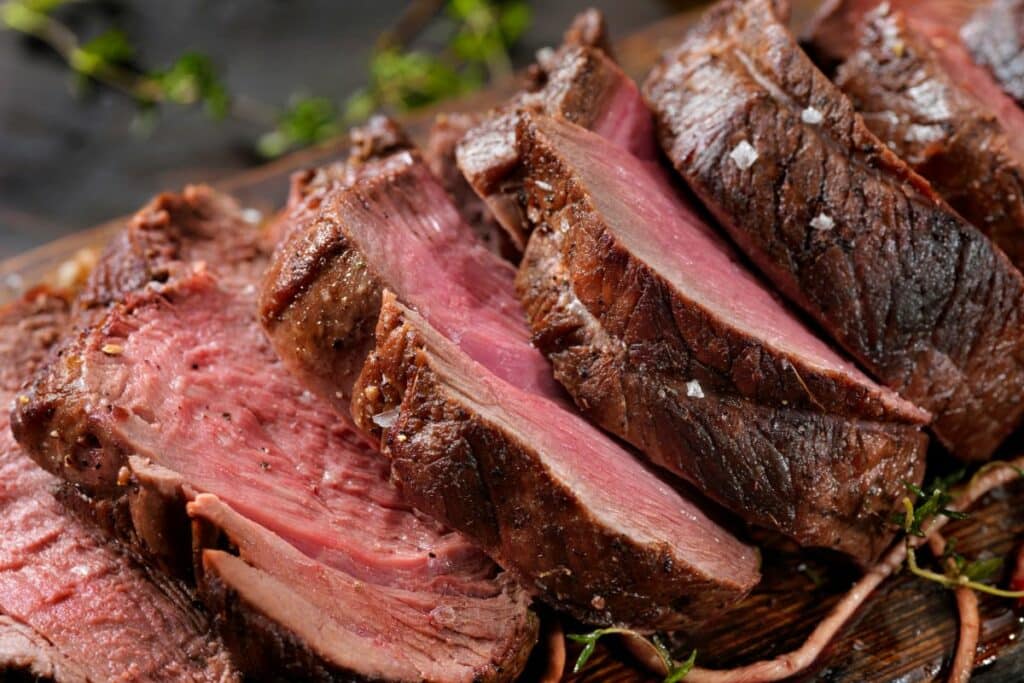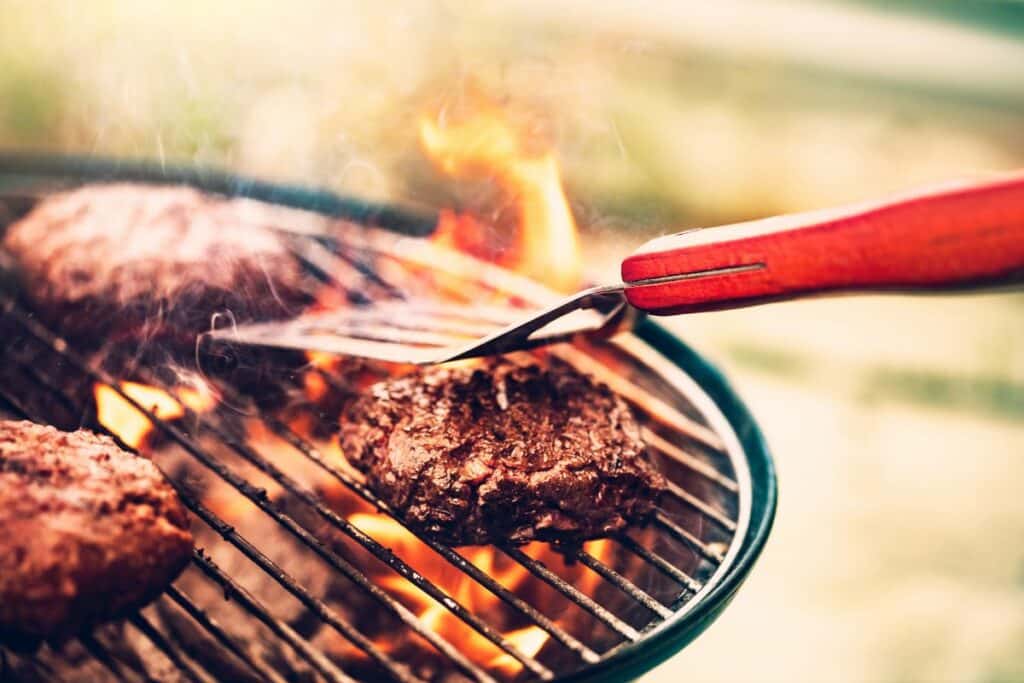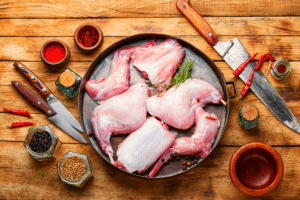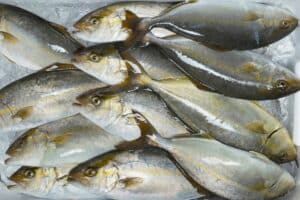If you’re a lover of game meat and want to expand your culinary horizons, you need to check out moose meat.
Moose isn’t exactly a readily available source of wild meat found in grocery stores, but if you’re lucky enough to get your hands on a cut of fine moose, you’re in for a treat.

Thing is, you probably want to have an idea of what moose tastes like before you go ahead and buy a cut.
Moose meat, like most wild meats, isn’t exactly cheap. You don’t exactly want to waste potentially hundreds of dollars on meat that you might not enjoy anyway.
So, what does moose taste like? Here’s everything to know about moose meat, including what to expect from the flavor and texture, and how to cook moose meat.
What Is Moose Meat?
Before we dive into what moose meat tastes like, let’s check out what moose meat actually is. Moose meat is the meat derived from a wild shot moose.
It is often called elk meat in Europe and Asia, but in North America, an elk is an entirely different family of deer to moose. Keep this in mind when on the hunt for moose meat!
Moose are part of the New World Deer subfamily called Capreolinae, and are also known as the largest members of the Deer family.
Another common name for moose meat is venison meat, as venison meat refers to the meat from antelope or deer.
Other examples of venison meat include reindeer, red deer, whitetail deer, elk, and blackbuck antelope among others.
So, if you’re ever at a butcher store looking at venison, you might be looking at moose meat! However, it’s important to identify the exact type of venison meat, so you know what you’re paying for.
What Does Moose Taste Like?
Let’s get into it. Because moose meat is so rare to find, people have their own theories of what the meat tastes like, with comparisons to bison or beef.
However, the reality is that moose tastes like its own form of meat.
People would be right to compare moose meat to beef, as it is described as a meat similar to beef, just with a gamier texture.
This is the comparison made by people who frequently eat moose meat, including Alaskans, Canadians, and those from specific cultures.
The reason why moose is slightly gamier than beef is that moose are very lean animals. Due to their natural habitat of cold climates, moose are equipped with thick skin and a body suitable for maintaining their body temperature.
This also includes fats, which are squeezed in between the hide and muscles.
As a result, moose meat is much leaner than other types of domestic meat. It’s kind of like a tougher version of beef. Beef, on the other hand, comes in various cuts depending on the location of the cut.
Most of these cuts are tender due to the muscles and fatty tissue, which is loosely connected rather than tightly connected, like a moose.
As with most game and domestic meat, the taste of moose meat will depend on factors including diet, season, age, and sex.
One of the best times to hunt moose for food is in spring or summer, as this is when the herbivorous animals are at their fullest.
Younger moose are said to have a milder taste compared to older moose. This is likely because younger moose aren’t as lean as they will be when they age, whereas older moose have had years of muscle growth.
How To Cook Moose Meat

Moose meat is packed with nutritional value, and probably would be consumed by far more people if it wasn’t so expensive or inaccessible.
It has a low fat content and is very rich in protein, making for a healthy and hearty wild meat. As a result, moose can be cooked into a variety of recipes.
However, due to the low-fat content of moose, it’s easy to overcook moose meat. Because of this, one of the best ways to cook moose meat is to ground it into a patty, resulting in a moose meat burger.
This helps to break up the meat and makes it harder to overcook it into a tough slab of meat.
Another good way to cook moose meat is to cook it slow and low, just as you would with a tough cut of beef. The longer you cook moose meat and at a low temperature, the more tender it will become.
It also requires a long cooking time because of the thickness of the meat.
You can also cook moose meat with other types of meat that are similar in texture and consistency, including other forms of venison, or rabbit meat.
Rabbit meat is also lean and cannot be cooked like conventional domestic meats. So, pairing the two together makes for a hearty and tasty meal that won’t ruin the consistency of the meats.
The key is to be careful not to overcook or undercook moose meat. Overcooking will result in a rubbery and tough piece of meat, while undercooking can result in food poisoning.
Summary
Moose meat isn’t exactly the most readily available meat for most people in North America. However, if you’re a lover of wild game meat and want to treat yourself to a cut of moose, you’ll be in for a treat.
Hopefully, this guide has told you everything you can expect from moose meat.
Frequently Asked Questions
Yes, moose meat is good to eat, and for several reasons. Moose meat is very tasty, just like a gamier version of beef, and makes for a delicious treat if you’re lucky enough to find a cut.
Moose meat is also surprisingly healthy, thanks to the low-fat content and high protein content.
Moose is often compared to steak, but it’s a gamier and meatier version of beef. Not only is the flavor richer, but the texture is generally tougher than steak.






